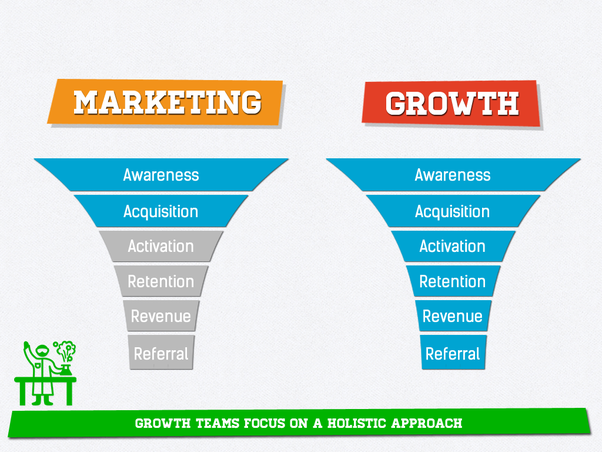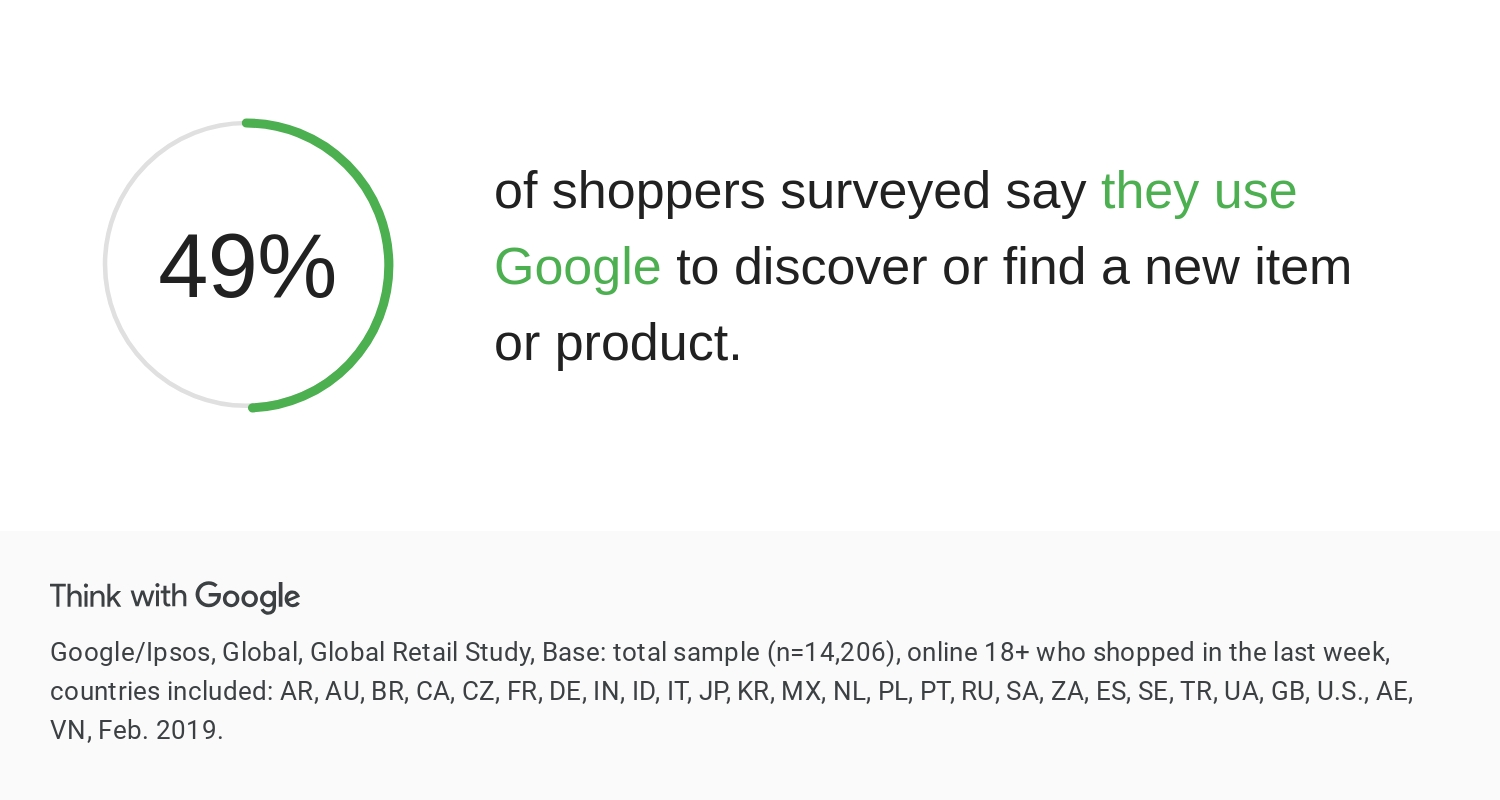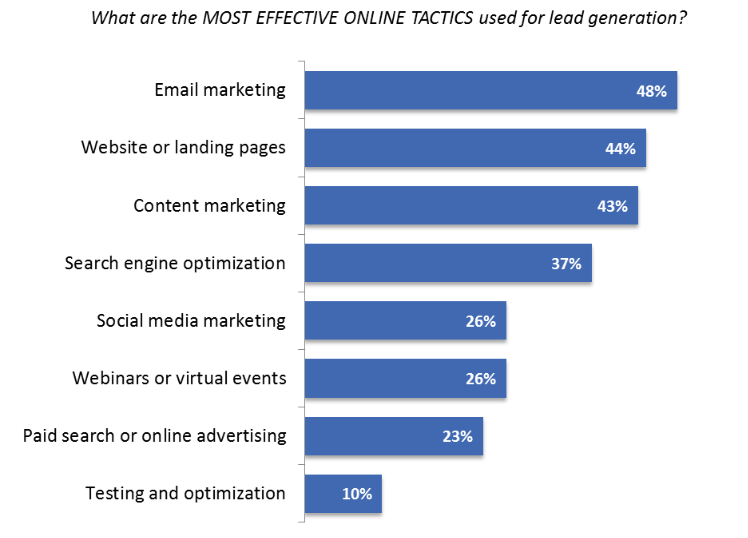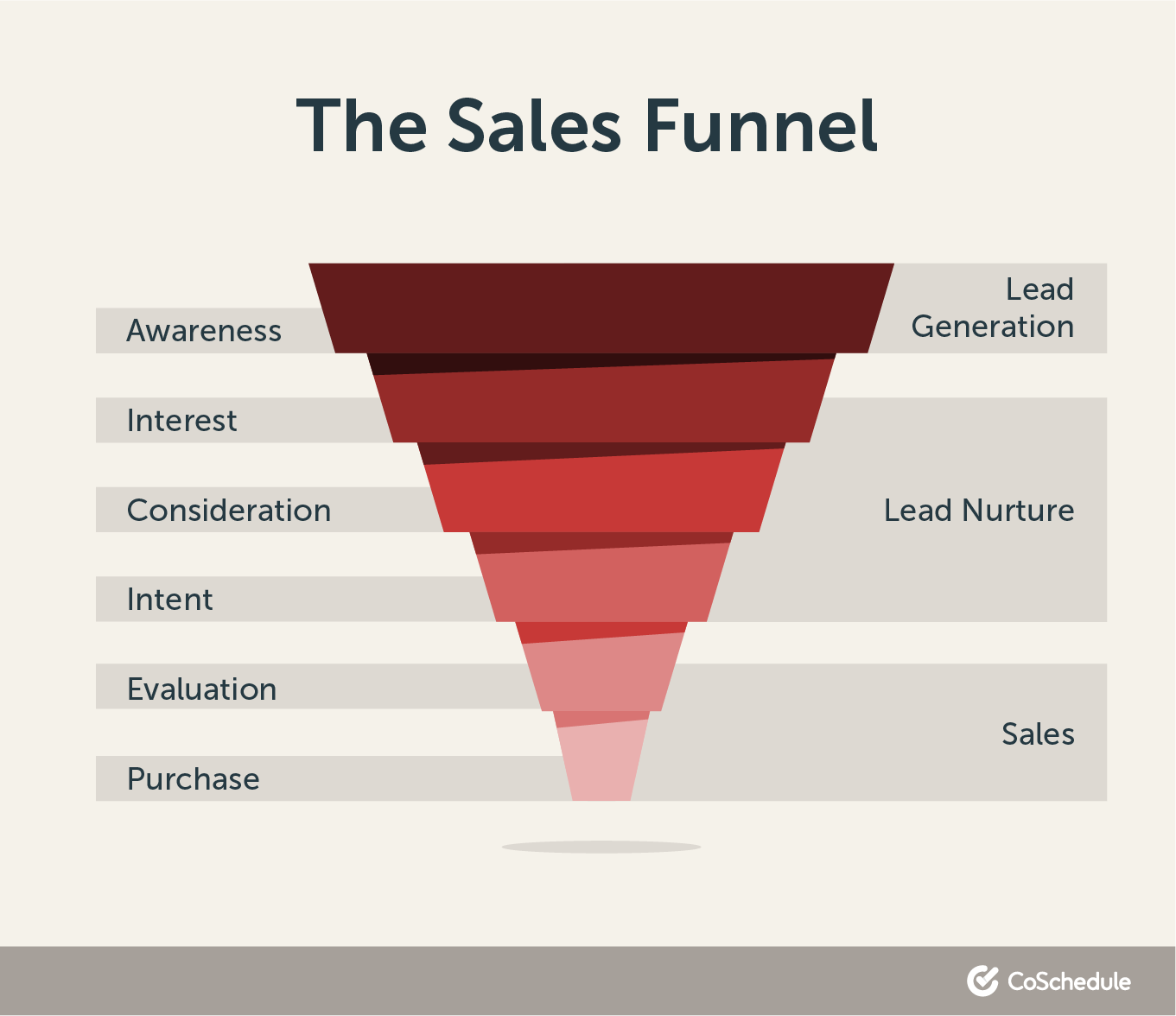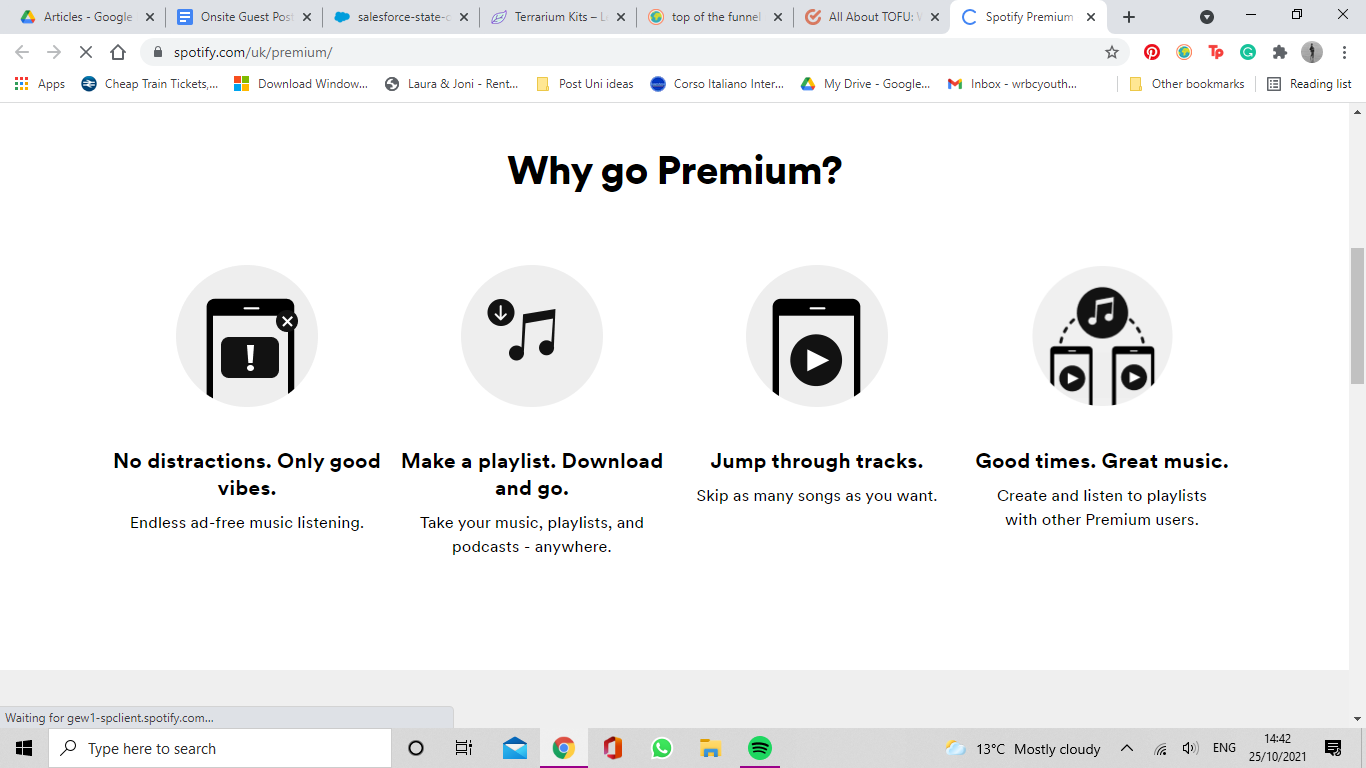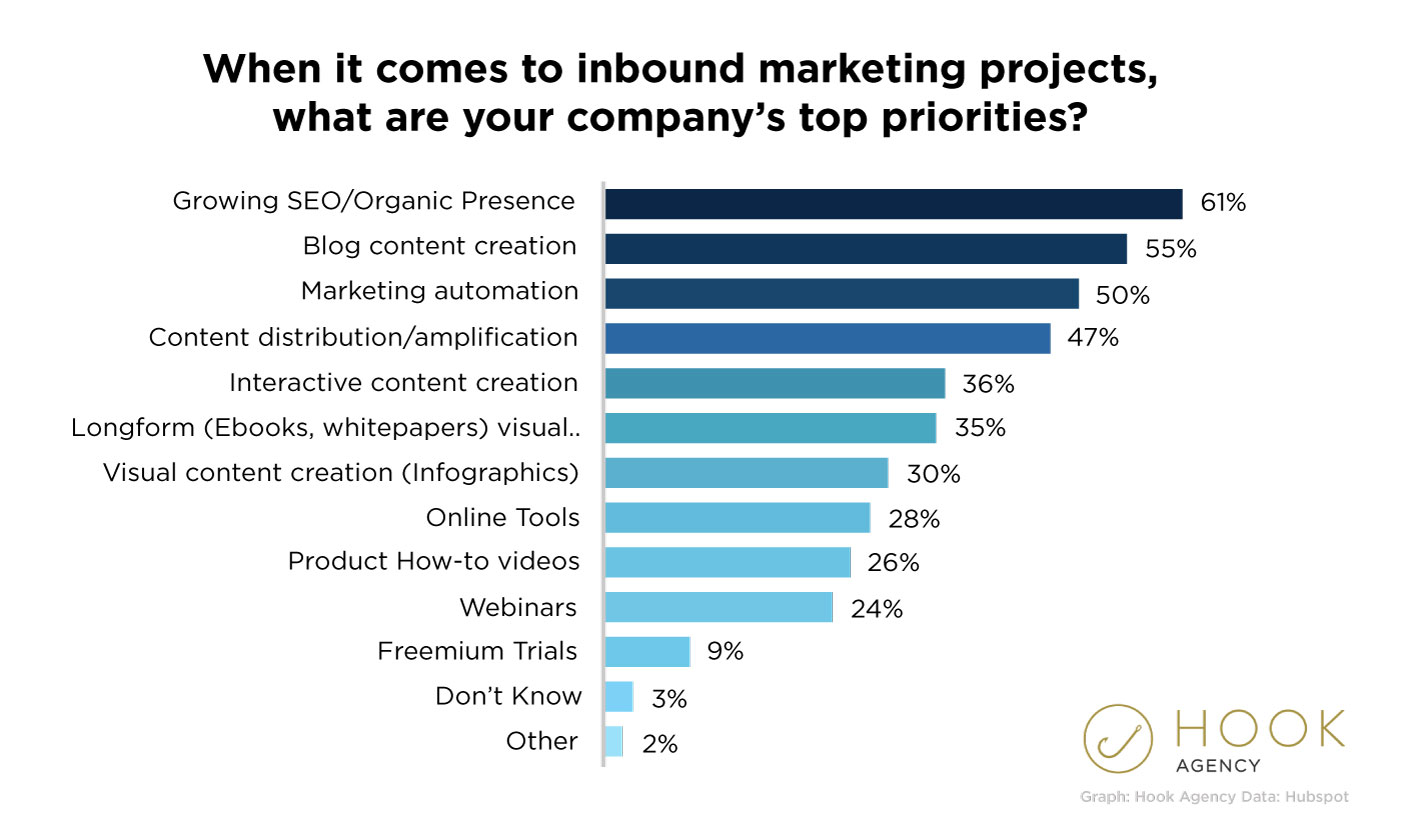Components of Growth Strategy
When devising a growth marketing strategy to suit your business, there are some key components to keep in mind. These will influence your choices in whether you should be opting for influencers advertising your products, investing in partnership marketing and referral programs with the customers you already have, or putting your energy into improving your email marketing.
When planning your growth strategy, think of:
Growth
What growth do you want to see?
This can cover anything from increased customer loyalty, having a wider range of products on offer, even seeing certain demographics regularly interacting with your landing page or social media. Think of this as the purpose behind your growth marketing—if the strategies you’re using don’t further this goal or lead you in the right direction, it’s time to stop and reevaluate.
Creating SMART goals ensures the growth you hope to see can be measured, has a time frame, and is achievable. This makes it easier to see how your business is progressing in meeting those goals and highlighting the areas of your strategy that may need adjustment to keep them on track.
People
Who does your growth goal affect?
This may include employees in your business and their day-to-day roles, requiring their input in getting your growth marketing off the ground. Likewise, it should affect customers, both those you have and those you hope to gain.
Consider how you want these different people to interact with your goal, what the ideal response from them would be, and how they can further share your marketing.
Make use of previous feedback you have received from customers in forming your growth strategy, as well as surveying how employees think your business should aim to grow. This brings people together to plan and innovate new ways of growing the business, getting everyone on board with the same growth goal in mind.
Product
Can your product help you reach your growth goal?
In some cases the answer is no, prompting your business to develop a product that is suited to your goal.
This doesn’t have to be something new—additional features or products that complement those already available whilst facing new customer challenges may be all you need. Alternatively, you may have the products. However, you need to position and market them differently to achieve your aim.











